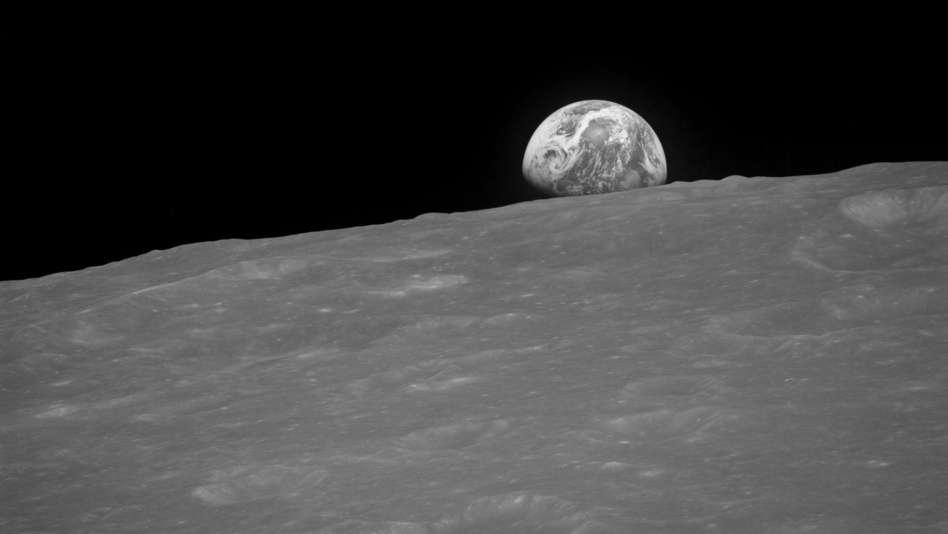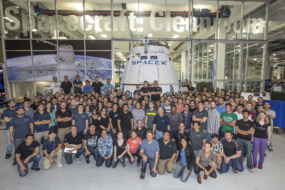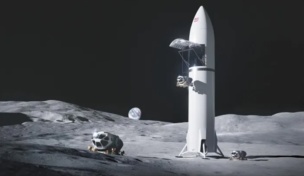The steady march of robots to the Moon will be fueled by electricity, most of it generated by solar power—but what happens during the lunar night that lasts two Earth weeks, or in permanently shadowed craters into which scientists are dying to poke their electronic noses?
Volta Space, a Montreal-based startup emerging from stealth this week, has an answer: A lunar satellite constellation that harnesses solar power and uses lasers to beam it down to landers, rovers, and anything else on the Moon that needs electrical power.
And if that works, they’d like to deploy similar technology on Earth.
“With missions really requiring lunar night survival capabilities in the later part of this decade, if we’re not building this now and demonstrating this capability now, then it won’t be ready to serve the needs of the lunar community,” CEO and cofounder Justin Zipkin told Payload.
Power budget: Most of the landers and rovers recently sent to the Moon haven’t planned on surviving the lunar night; the current set of proposed solutions includes nuclear isotope batteries or solar panels mounted on towers tall enough to catch the sun. Geography limits those methods.
A solar power network, though a larger capital expense, could theoretically provide location-agnostic power across the Moon. An initial three-satellite constellation could provide the power required for robotic explorers to survive the lunar night, greatly enhancing their value on the Moon.
Zipkin and co-founder Paolo Pino began developing their tech with NASA’s Watts on the Moon challenge, where they won a $50,000 prize in 2021. Now, they’ve demonstrated their laser power system across a distance of 850 meters on Earth and are raising money to demonstrate power transfer between spacecraft in Earth orbit in 2026.
Laser case: Mike Palank, a partner at MaC Ventures, led Volta’s seed round in 2022. He was won over in part because Zipkin had “cataloged every single announced lunar mission in an insane database that has only grown.” The power requirements of all of those missions through 2035 will total a million kilowatts, he said.




